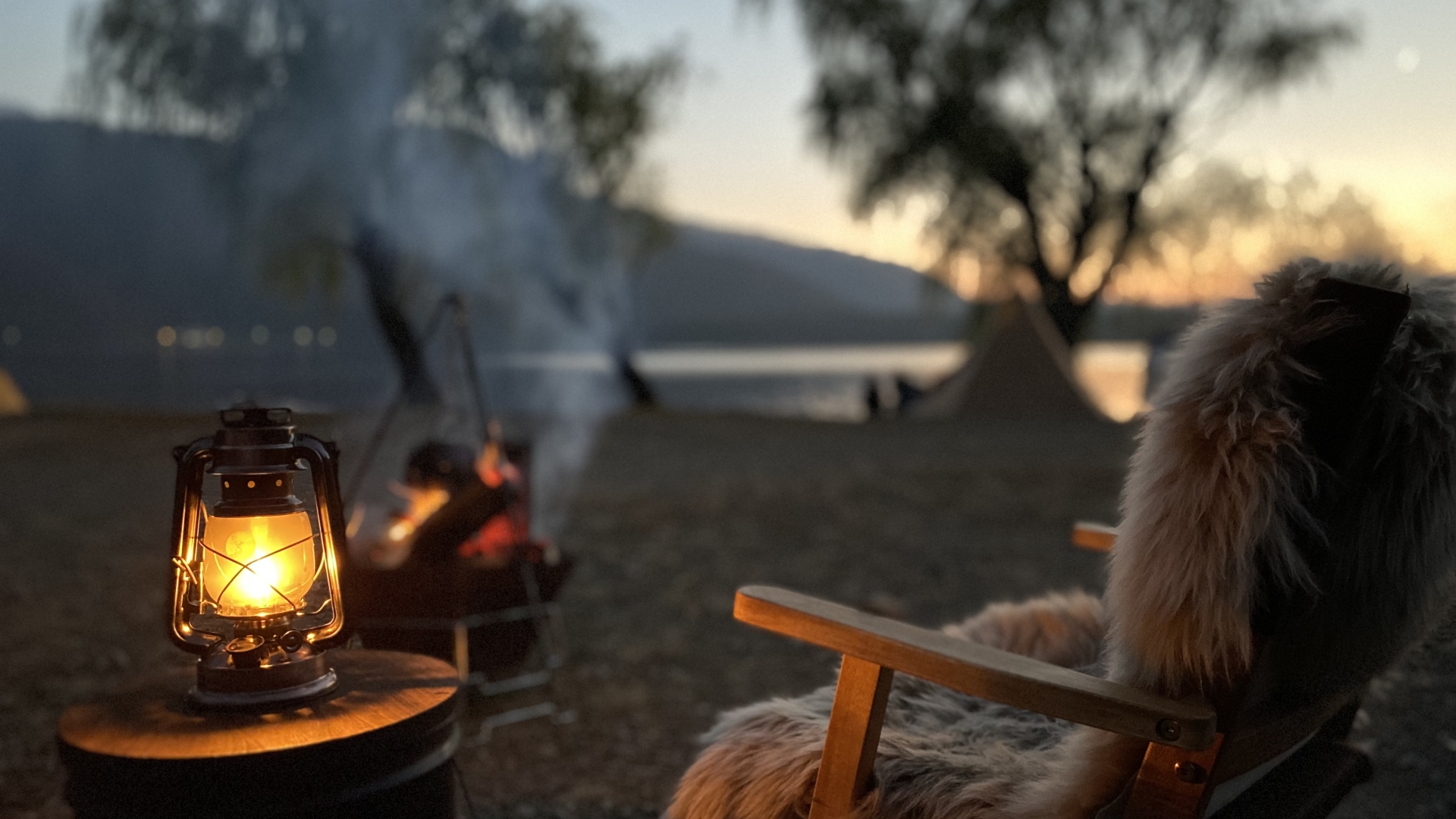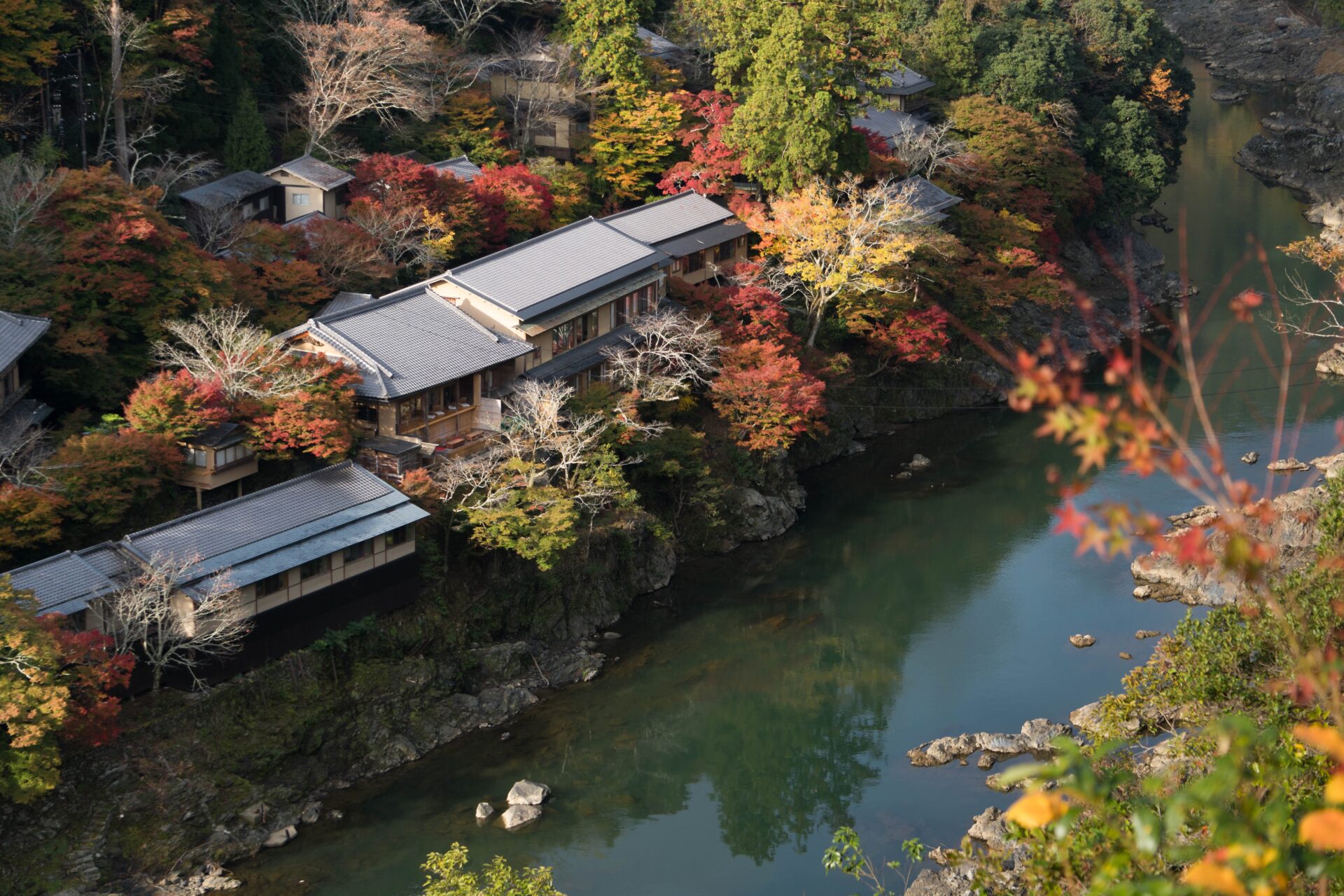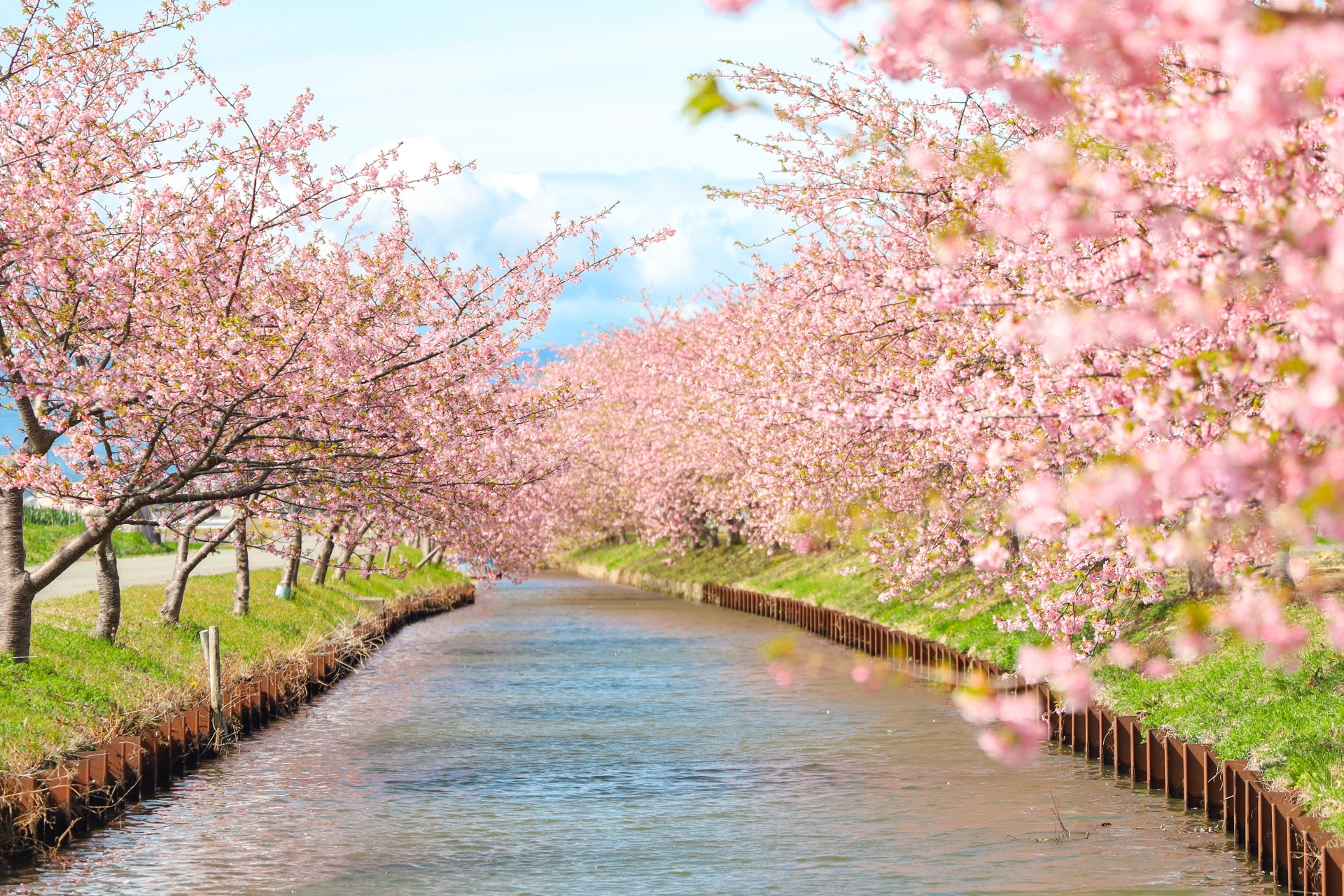Can you go camping in Japan? The answer is a resounding ‘yes’, and most campsites can be found in pristine and pleasant natural areas. Camping is usually a simple affair in Japan, and it often includes a campsite with only basic amenities such as running water, toilets, and electricity but no large amusement complexes or swimming pools that you might find in the West. People go camping in Japan to enjoy things like fishing, swimming in the river, a riverside barbecue, and incredible starry nights, in short, to be one with nature and get offline. Let us introduce to you some of the most beautiful destinations for camping in Japan!
What to expect
When camping in Japan, there are a number of things you should know about that you may not have to be aware of in other countries. For example, the weather and the fee you will need to pay for the camp site. We hope you find this useful and helps you have the best camping experience in Japan!
Weather
The weather in Japan is very different depending on the season. In winter it gets pretty cold and often snows depending on where you are in the country. Be aware that many camp sites close during this colder winter period. The rainy season and typhoon season aren’t great for camping either. Therefore the best time to go camping is spring(especially during golden week) and summer. Be sure to check the weather forecast before you book your trip and make sure the campground you plan on visiting is open.
Camping costs in Japan
Japan’s camp sites are relatively cheap. There are even plenty of campgrounds that you can use for free if you’re using a tent and sleeping outdoors, but if there are facilities on site, you will typically have to pay a fee of about ¥400 -¥3,000 a night. If you are looking to stay indoors at a lodge or cabin, you can expect to pay anywhere from ¥3,000 to ¥30,000 per night depending how nice of a place you want to stay at.
Tips for camping in Japan
Camping in Japan can be quite different from other countries. But don’t worry, we have some great tips to make your camping trip go smoothly. We have a list of things that we recommend you bring when going camping here.
What to bring
In Japan, most camp sites have facilities and the bigger sites even have a lot of the amenities you need for your camping experience. At some sites you will often be able to rent a tent, sleeping bag and the other essentials for your stay. Check out the best fully equipped campsites near Tokyo for more information. However there are also a lot of campsites where you will need to bring your own tent, sleeping bag, stove, cookware, flashlight/lantern, and anything else that you might need. We are sure you have thought of this already, but we also recommend you bring a first aid kit just in case something happens. If you plan on camping solo, we have a great guide for solo camping in Japan as well!
Other things you should be aware of
In Japan it’s pretty safe no matter where you plan on camping. However it may still be a good idea to bring a tent lock as you can never be too safe. During the summer if you are camping out in the wilderness, especially somewhere near a body of water, there will be bugs. For this reason, Japan has plenty of insect repellents that you can purchase almost anywhere before you head out on your trip. Also as a heads up, campfires aren’t allowed a lot of camp sites, but many places will let you bring your own fire pit. Lastly, if you have been camping before you will already be aware of this, but try to leave the campsite cleaner than it was when you got there. Be sure to bring a garbage bag and take all your trash and belongings with you when you leave the site.
1. Kawaguchiko (Yamanashi)
Not far from Tokyo, the mountainside lake town Kawaguchiko (河口湖) is especially famous for its proximity to the majestic Mt Fuji. So what would be better than camping with a view of the perfectly-shaped volcano? The area around Mt Fuji has many other attractions as well, such as caves, the famous Chureito Pagoda, traditional Japanese village Saiko-Iyashi-no-Sato Nenba, clear ponds in Oshino Hakkai, the charming Kubota museum, and amusement park Fuji-Q Highland.
For a rustic camping experience near Kawaguchiko you can try Kawaguchi-machi New bridge campground. If you are looking for more of a ‘glamping’ experience, Pica Fujiyama offers a range of accommodation options and a more luxurious style of camping.
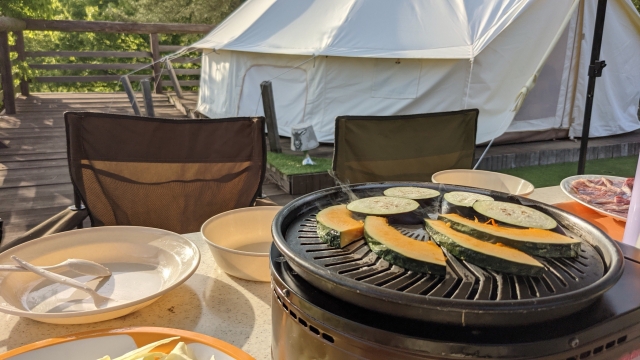
2. Motosuko (Yamanashi)
Lake Motosu or Motosuko (本栖湖) is another lake town near Mt Fuji, but it is a lot smaller than Kawaguchiko and thus gives a respite from the crowds. The lake is known as the image depicted on the 1000-yen bill. People mainly come to the area to enjoy lakeside camping, fishing, hiking, and watersports such as kayaking and SUPing.
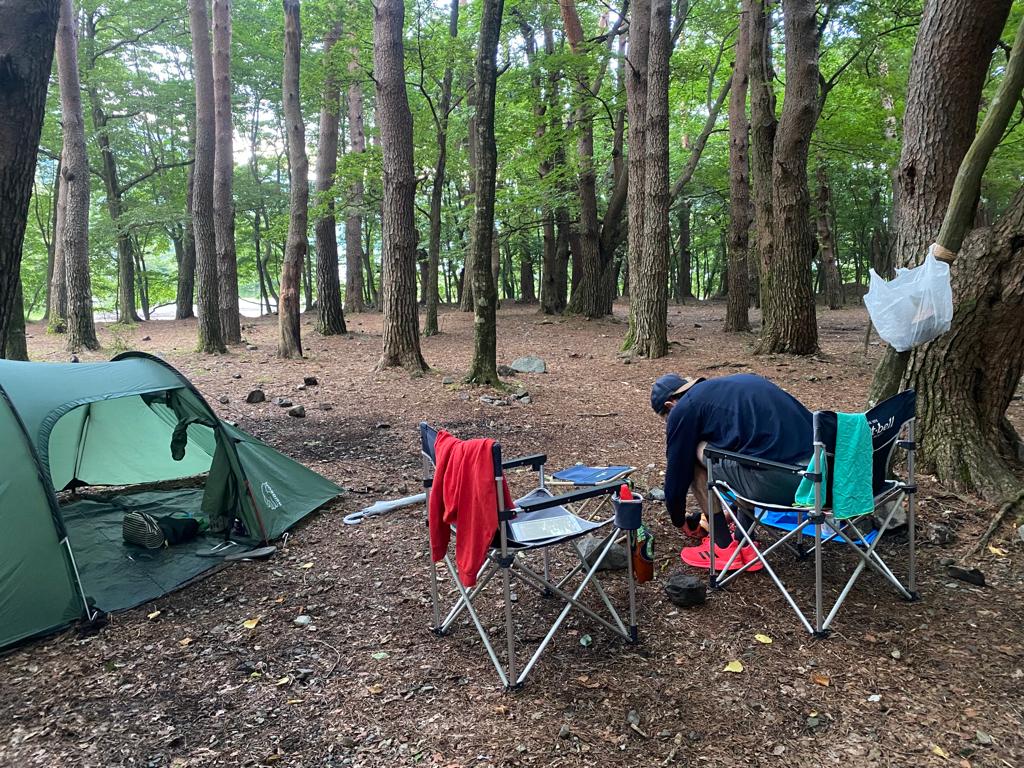
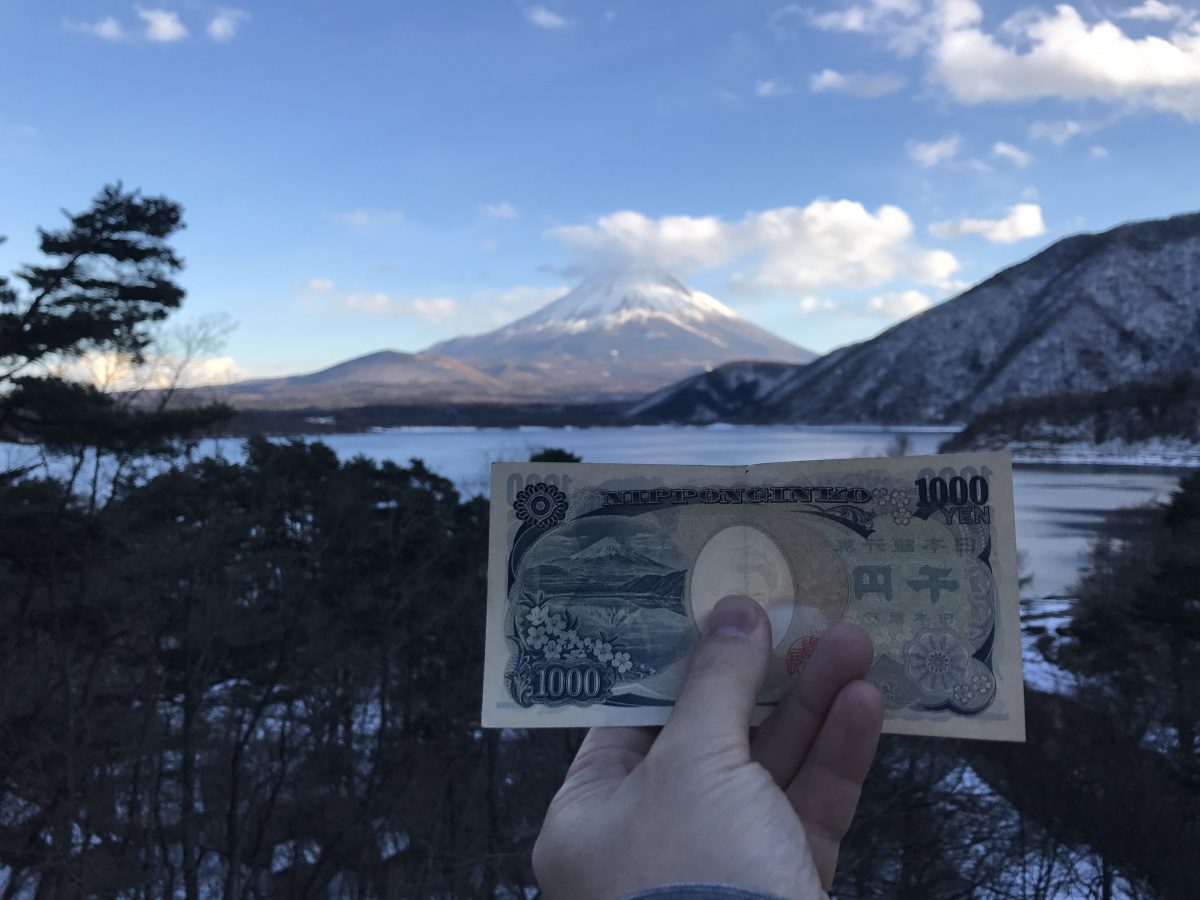
Kouan Motosuko has a campground for tents right next to the lake, and if you are looking for a bit more comfort and space you can also rent a cabin.
3. Kamikochi (Nagano)
Nestled in the middle of the Japanese Alps, Kamikochi (上高地) is a true hikers’ paradise. Surrounded by high mountain ranges with snowy caps, a trip to Kamikochi is especially refreshing during the warm summer months. You can walk here for long periods of time without seeing anyone, and there is plenty of special mountain flora and fauna. Not to mention the sky is clearer and the air is cleaner here than anywhere else.
The best way to truly appreciate the bountiful natural surroundings is, of course, by camping in Kamikochi. Please note that you can only camp in the area at designated camping spots. You can choose between the Konashidaira Campground, Tokusawa Campground, or Yokoo Sancho Campground. Or if you want to camp up in the mountains, Karasawa Cirque is a beautiful place for camping – especially in autumn people from all over Japan flock to the mountains for the jaw-dropping koyo views.
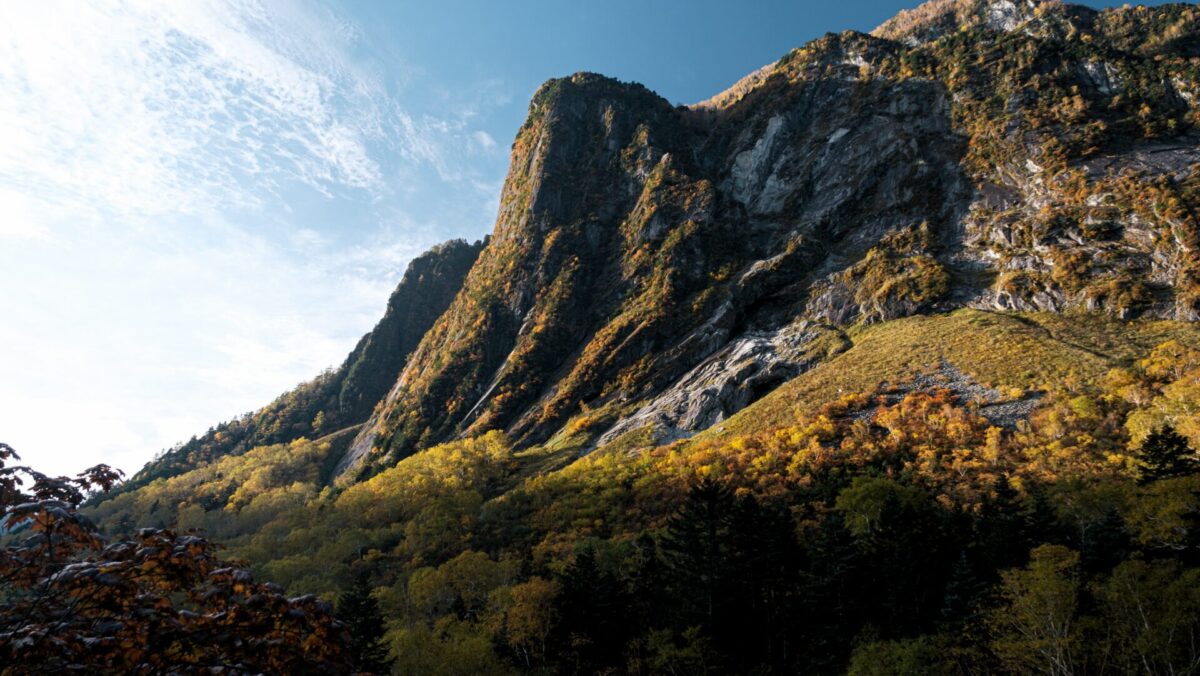
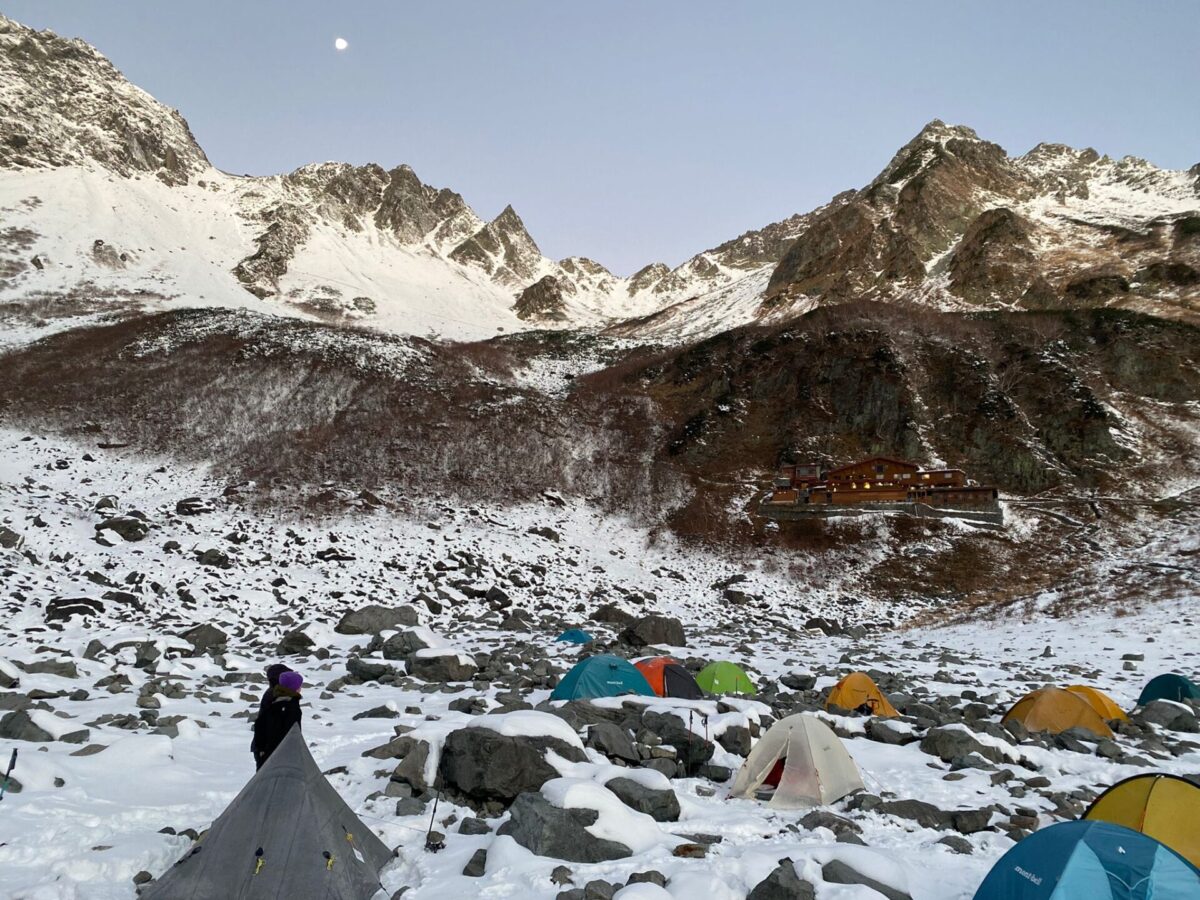
4. Tenkawa (Nara)
The town of Tenkawa (天川) is regarded as a spiritual power center: the mountain religion Shugendo began and flourished here. Shugendo is known as being spartan and strict, involving practices such as sitting under a cold waterfall. The Tenkawa area is also an excellent trekking destination, where you can reward yourself after a long day of hiking with a soak in a secluded hot spring.
While you can stay in one of the many ryokan in the area, there are also plenty of camping grounds in Tenkawa. Auto-camping Tochio has bungalows and a tent section and is located right next to an emerald green mountain stream. Dorogawa Campsite is next to a quiet river in the middle of the woods.
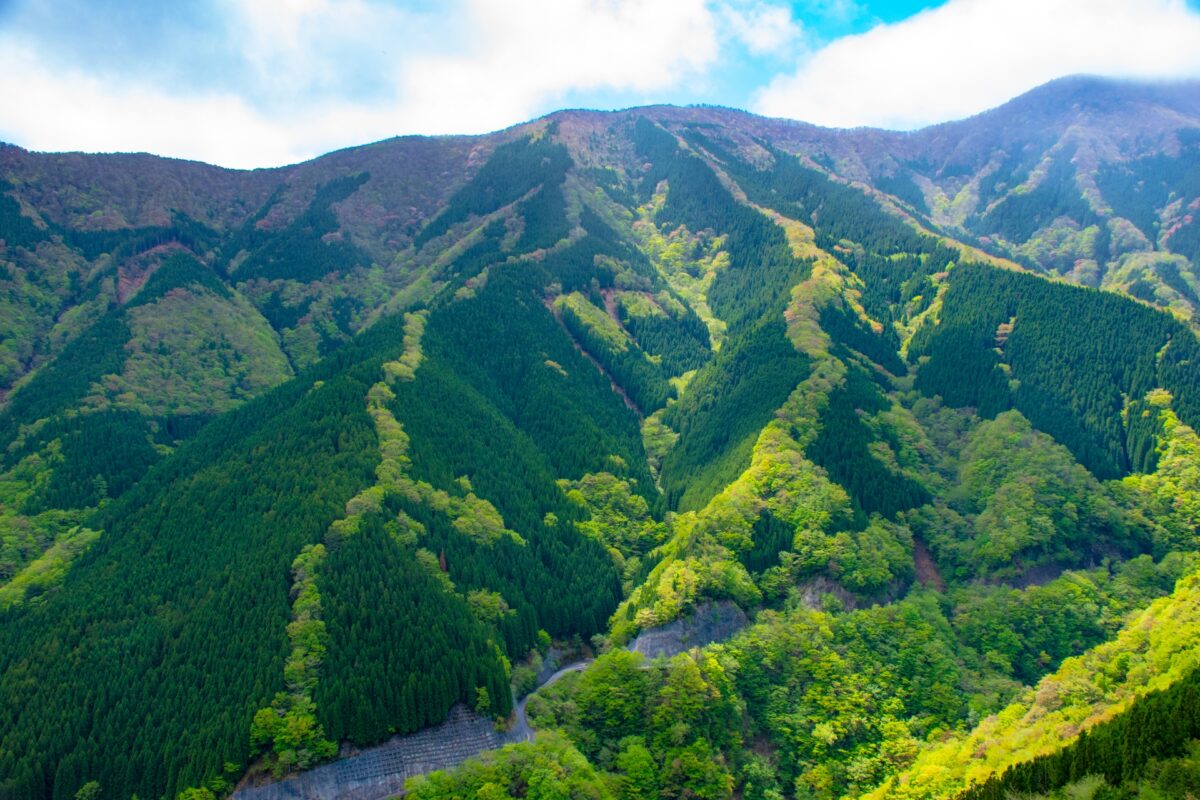
5. Azuri Beach (Mie)
Do you want to see a beautiful sunset at the beach on your camping trip? Then Azuri Beach (あずり浜) in Mie prefecture is a great choice. As it is located at the tip of a remote peninsula this is a hidden gem, so you can expect to have a lot of space for yourself. The southern part of Mie prefecture is very scenic, so you are definitely going to enjoy the journey to Azuri Beach as well.
There are several simple camping grounds alongside the beach, so you will always be able to find an empty spot somewhere. Shirahama Pearl Camp Site is right on the beach, and Yamami Autocamp has a grassy terrain and is very close to the beach.
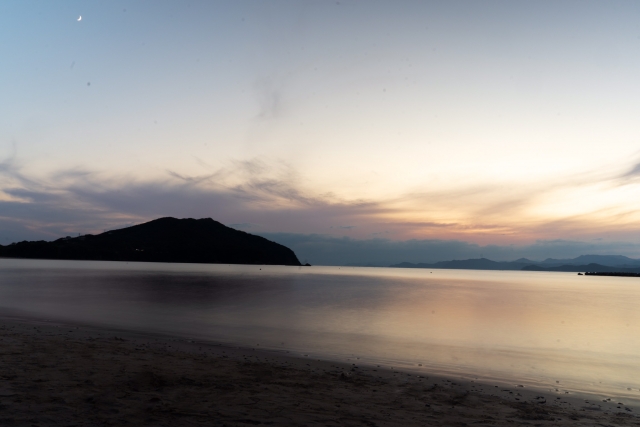
6. Osaki Nature Park (Nagasaki)
Osaki Nature Park(大崎自然公園) in Nagasaki prefecture lies at the tip of a small peninsula, so it is right next to the ocean on one side, and has lush forests on the other side. The park is famous for its many peacocks that lead a happy, free life here among other animals such as rabbits and ponies. Because of its geography the water in Omura Bay is calm, so you can safely enjoy a variety of marine sports here such as hoverboarding, kayaking, and swimming.
There are 3 types of camping in Osaki Nature Park; auto-camping, general camping, and educational camping which is especially recommended if you come with kids.
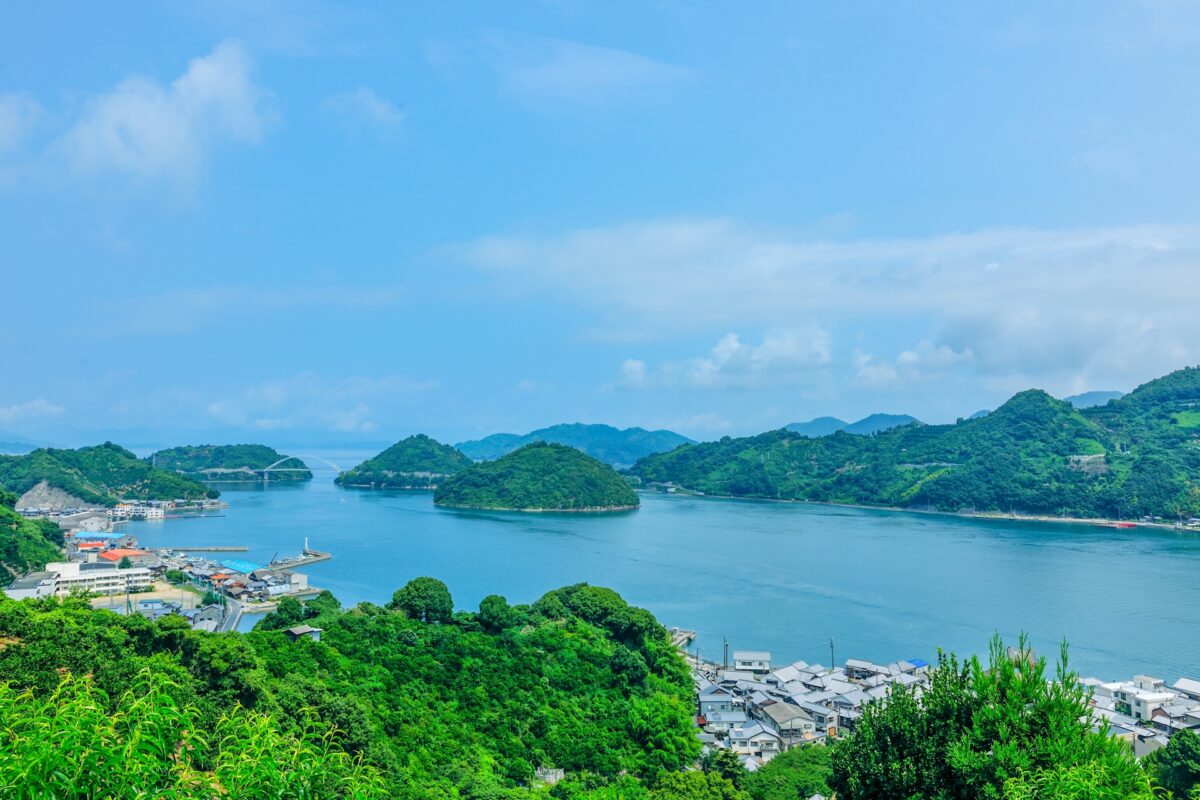
7. Kuju Highland (Oita)
In Kyushu, near the scenic volcano Mt Aso, one of the world’s largest, active volcanoes, is the green area of Kuju Highland (久住高原). You will be surrounded by grassy fields and beautiful mountain slopes. The color green is supposed to revitalize tired city dwellers, so Kuju Highland is a great place to go for weary travelers. Green is not all there is to be seen, though, as there is a colorful flower park and in spring the pink azalea will bloom. There are also a winery and a farm that you can visit and where you can do tours. Controlled grassland burning in the spring brings good smells with it.
On the Kuju Kogen Soumi Campsite you can camp in the middle of the grass area with good facilities and a wading stream nearby. The Bogatsuru Campground is free to use, but here you have to bring your own tent. There are toilets and cooking areas, and this campsite is also situated on the grass. At Spaju they have a lush green grass field in front of the hotel building where guests can set up their tents.
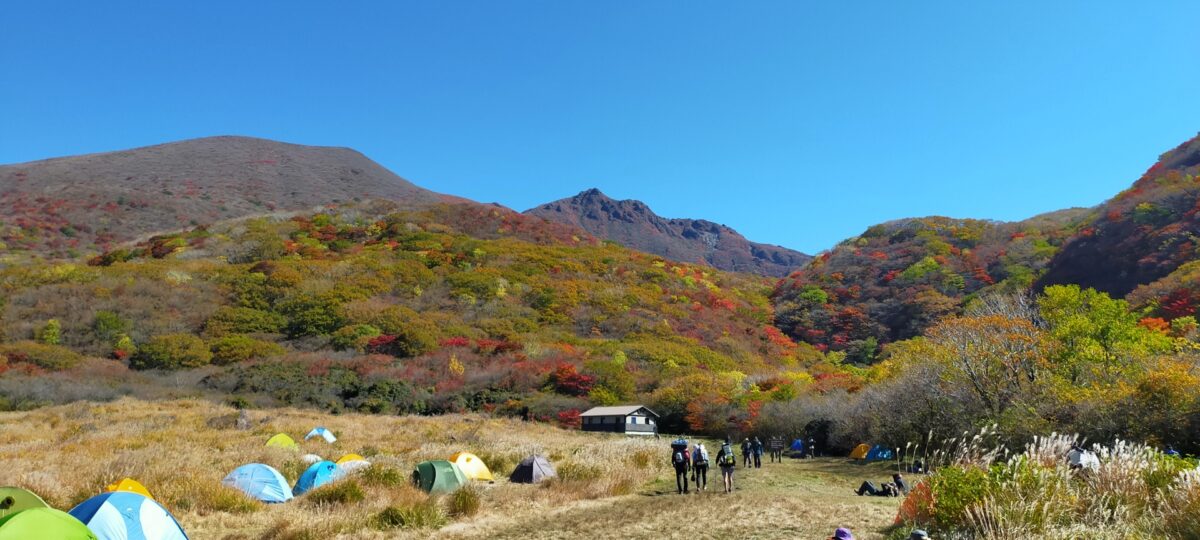
8. Lake Tazawa (Akita)
High in the north of Japan’s main island Honshu in Akita prefecture you can find a very deep caldera lake with completely undeveloped rough nature surrounding it. Lake Tazawa (田沢湖) attracts those who want to refresh themselves with pretty vistas and get away from civilization for a bit. For centuries people from all walks of life have been visiting the area, and it was a popular spot to relax for local feudal lords during the Edo Period.
There are a few camping grounds right next to Lake Tazawa if you want to spend the night camping here. For free and very simple camping you can try the Ishikurazawa Camping Ground, Tazawako Campground is a bit better equipped, and if you’d like some more amenities including plenty of available rentals, then Tazawako Camp & Tours is a great option.
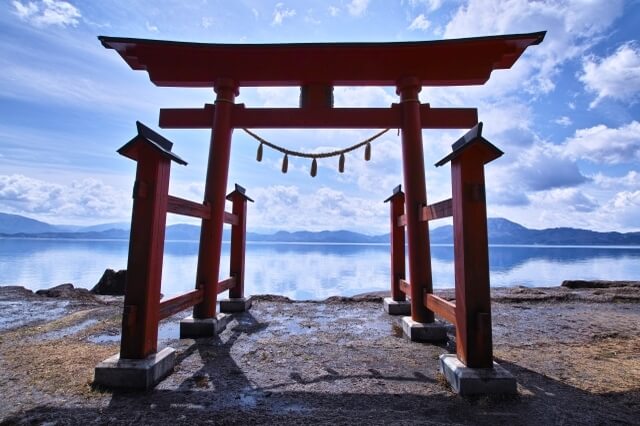
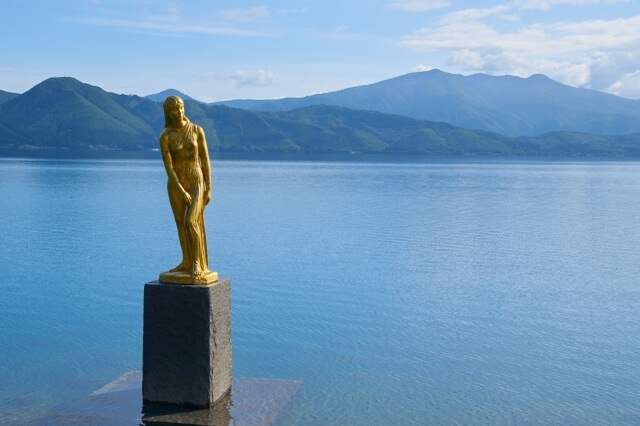
9. Tokusagamine (Yamaguchi)
During the winter months Tokusagamine (十種ヶ峰) in Yamaguchi Prefecture is a destination for skiing and snowboarding, but in the summer this high mountain area is open for hiking and camping. Mountain bikers will also love the biking trails here. With stunning views from the top and the beautiful alpine grasses and plants, a trip to Tokusagamine is very much worth it even though it is a remote area.
You can camp in Tokusagamine Wood Park where they have options like cabins, huts, and tents. They also have rentals for bicycles, cooking, and fishing.
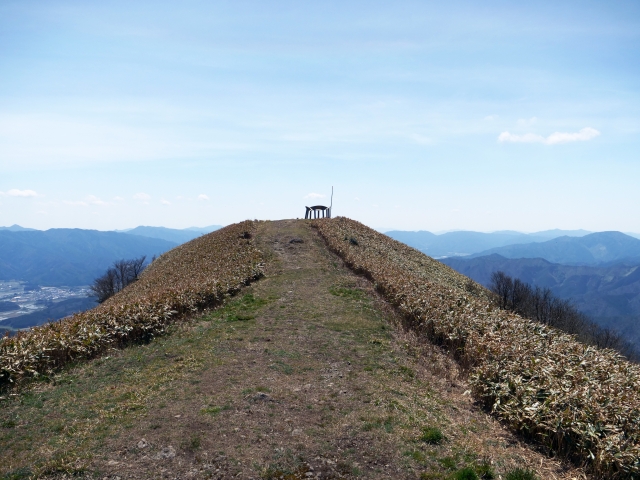
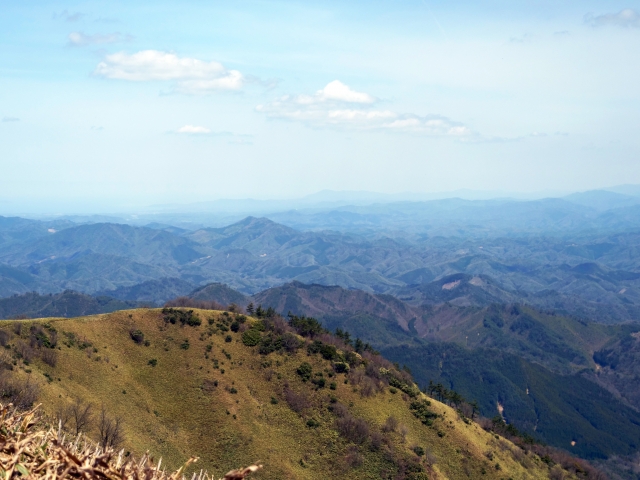
10. Kii Peninsula (Wakayama, Mie)
The Kii Peninsula (紀伊半島) is one of Japan’s most famous spiritual destinations as it is home to the Kumano Kodo Pilgrimage trail and Japan’s most sacred destination Koyasan that attract many pilgrims. The Ise Grand Shrine, Japan’s most important Shinto shrine, is also on the Kii Peninsula. Dotted with walking trails and covered in dense rainforest, you can really go back to the basics here. You can also find nice onsen here, and very dark starry skies.
A well-liked camping ground on the Kii Peninsula is Hisetsunotaki Camping Ground in Kiho. Campers love the amenities, the views, and the refreshing waterfall. If you don’t mind going a bit deeper into the mountains, the Shingushi Koguchi Camping Ground in Shingu has good amenities and good spots for swimming. Kyukamura Kishukada Auto Campground is also well-serviced with all necessary amenities and even a tennis court and an outdoor swimming pool.
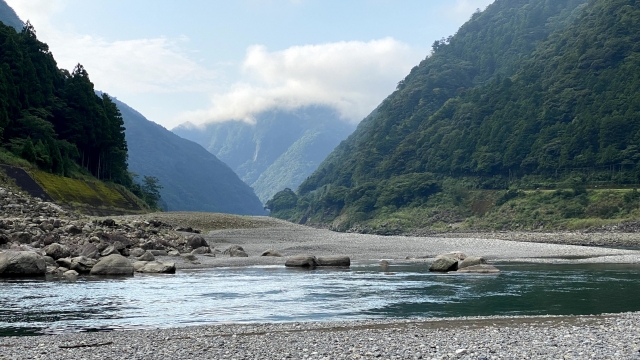
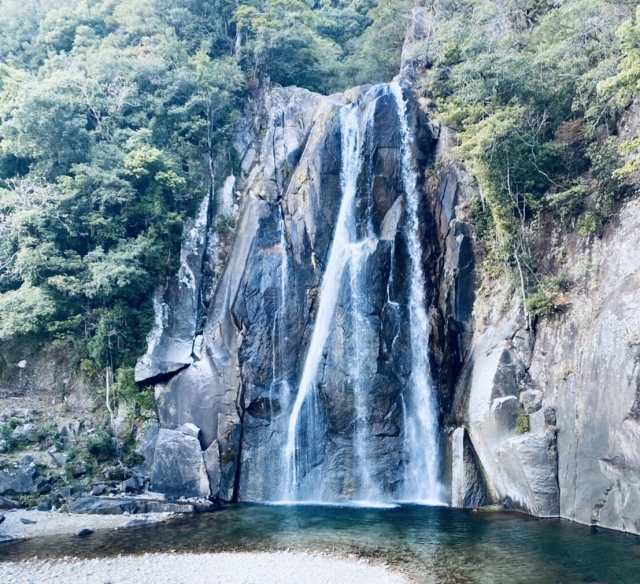
11. Daisetsuzan National Park (Hokkaido)
Daisetsuzan National Park (大雪山国立公園) is in the northernmost and biggest prefecture in Japan, Hokkaido. It is the biggest national park in Japan spanning a whopping 230,000 hectares! It is located in the center of the prefecture and is home to many mountains, valleys, lakes and rivers. Daisetsuzan is a great place if you are planning on taking a longer camping trip and are a big fan of hiking as there are endless routes you can take.
There are plenty of places that you can camp at as well. However as a precaution, we recommend that you have a good idea of the park and bring a map with you so that you know where you are going and don’t end up getting lost. Hakuundake Mountain Hut is a great place to stay at and is only ¥2,000 a night per person. They also rent out tents if you would prefer to spend the night outside.
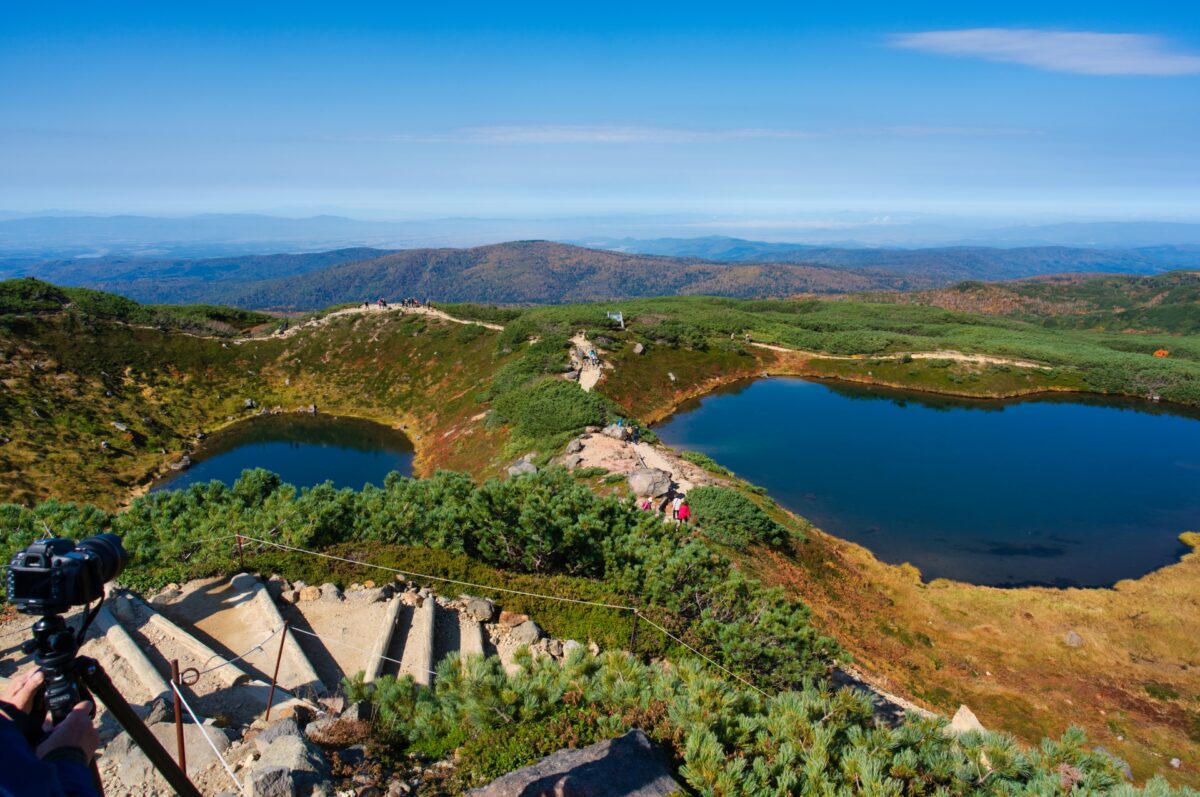
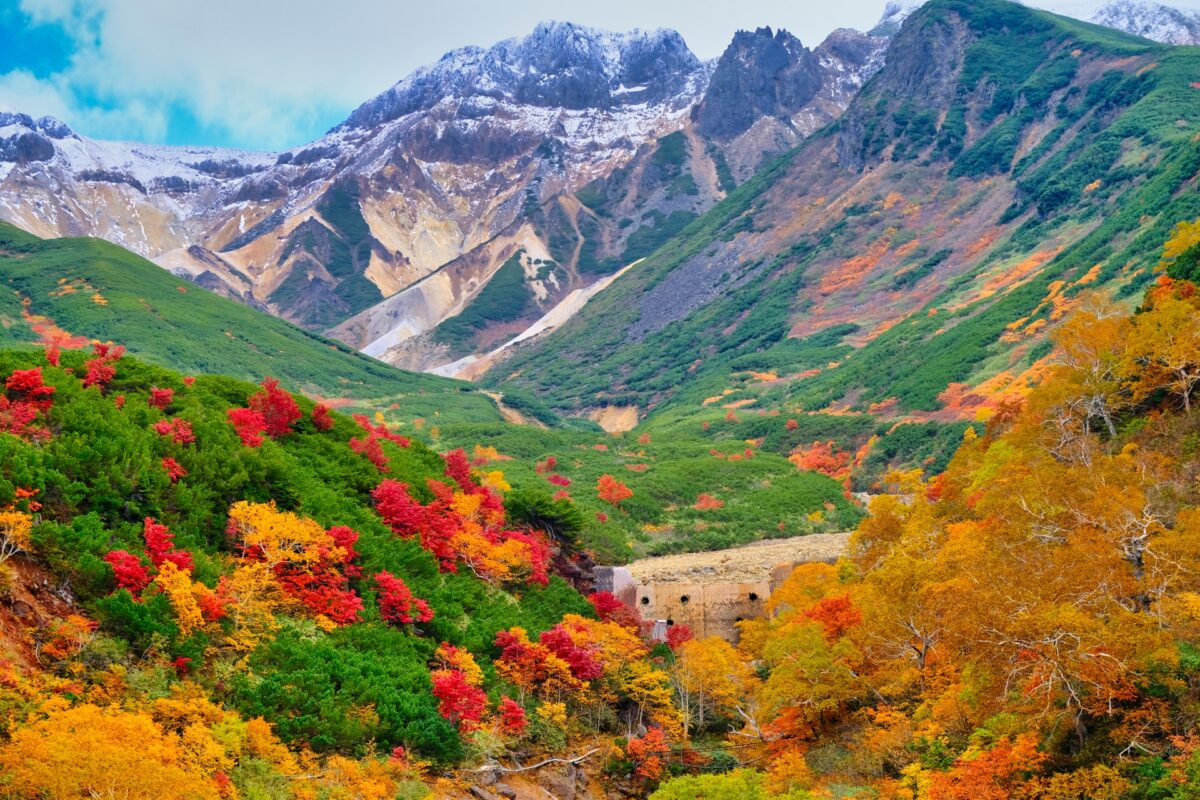
12. Raichozawa, Mt. Tateyama (Toyama)
Located in Toyama prefecture, Raichozawa (雷鳥沢) campsite on Mt. Tateyama is an absolutely amazing place to go camping in Japan. Located only a few hours from Tokyo by shinkansen, you will need to take a trolley bus up to the mountain. Mt. Tateyama is known as one of Japan’s three sacred mountains, along with Mt. Fuji and Mt. Haku.
If you decide to camp here and the weather is good, during the night you will be welcomed with a sky full of beautiful stars and a great opportunity for stargazing that can be pretty rare in Japan. If you’re not a big hiker, there is no need to worry. The campsite is only about an hour walk from Murodo Terminal. There is no need to reserve a campsite but there is a fee of ¥1,000 per night per person. During the spring and summer seasons, all the flowers are in bloom, making for amazing camping experience.
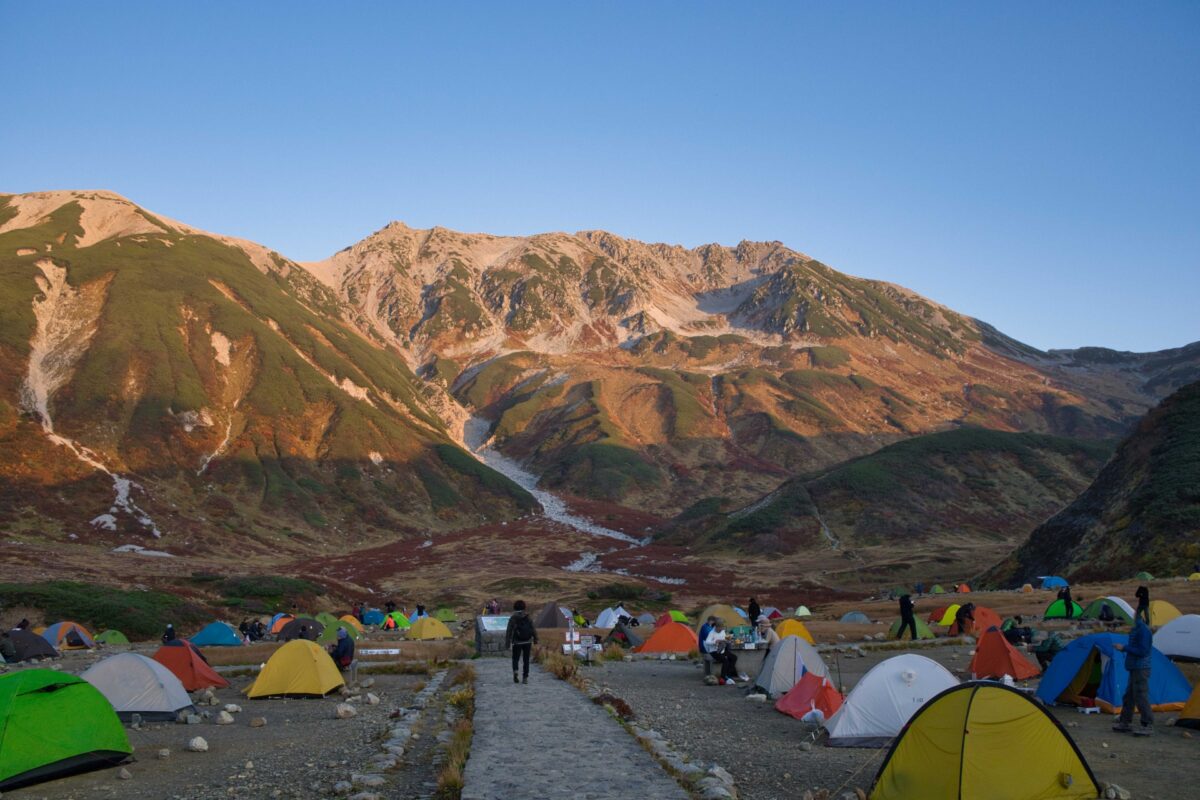
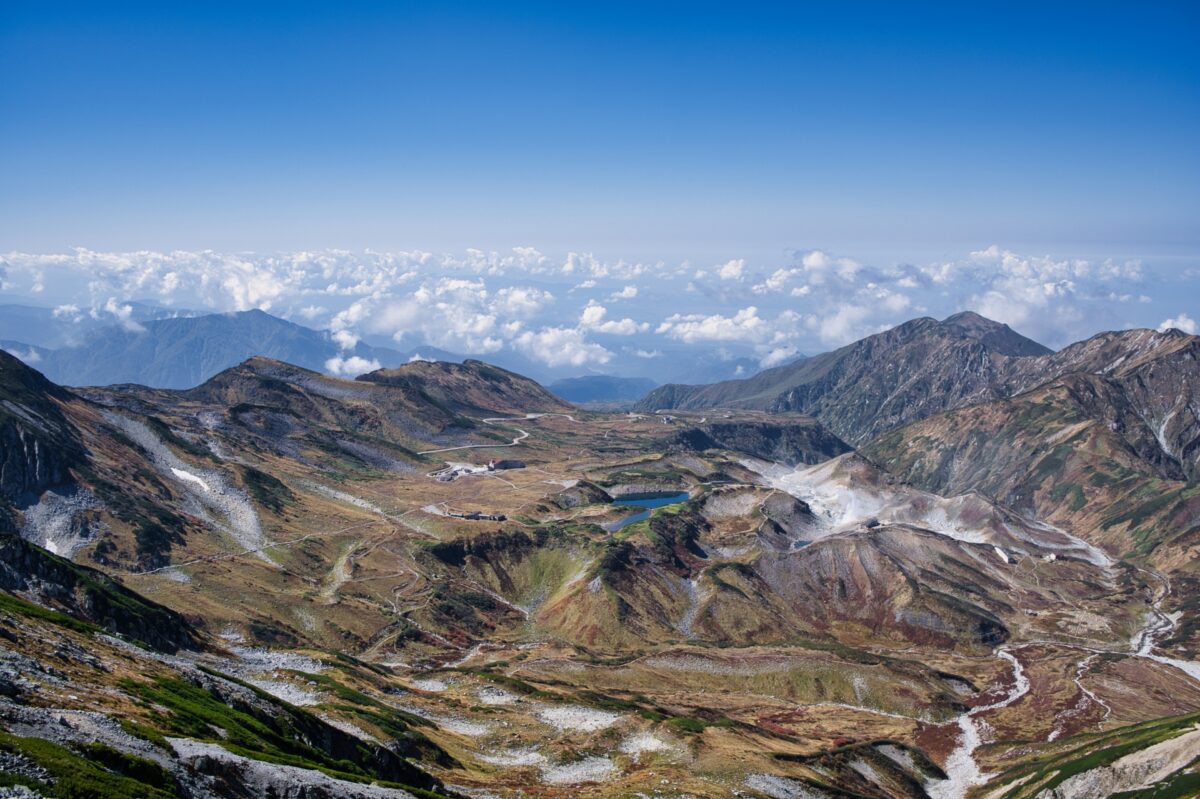
A Great Holiday in Japan
As you can see, it is easy to find a wonderful camping adventure in Japan. If you like camping, you can add one or a few nights of camping to your hotel stays. Many larger camp sites rent out all equipment including tents, so you can travel light. And those who are looking to add even more fun elements to their holiday in Japan should check out our amazing private tours. All our tours are conducted by experienced local guides who will take you into their world. We offer a range of different tours in cities like Tokyo, Kyoto, and Osaka among others. We hope you found this useful and that you check out some of these beautiful destinations for camping in Japan!
Follow us on Instagram, Facebook and Twitter for more travel inspiration. Or tag us to get featured!
Happy traveling!
Other articles you might enjoy

Stefanie Akkerman moved from the Netherlands to Japan in 2013 with her Japanese husband and son. She jumped into the niche of Dutch tour guiding in Tokyo and Kamakura in 2015 and occasionally writes articles about all the great sights and activities Japan has to offer. She loves (Japanese) food, and to work that all off she goes diving, snorkeling, cycling, or hiking.
This post may contain some affiliate links. When you click through and make a purchase we may receive some commission, at no extra costs to you.
